The most colorful birds always fascinate me. Their vibrant hues are nature’s masterpieces, evolving over eons. From the ancient Urvogel’s simple black to today’s peacocks and birds of paradise, it’s a spectacular transformation. My research delves into this feathery rainbow. Each species tells a story of survival and beauty. It’s a journey through time, showcasing nature’s artistry in the sky. These birds aren’t just living colors; they’re flying wonders, capturing our imaginations.
Why Are Some Birds More Colorful than Others?
Sexual dimorphism is not the only determining factor in who gets to wear the fanciest plumes. Many birds do not share the brilliant colors of say, tropical species. A point to consider is the high price of colorful plumage, both in terms of predation risk as well as biological cost.
Now this may contradict the theory around color as a tool in anti-predation, but the opposite can also be the case for some species, where brighter colors can increase a bird’s visibility to predators.
For this reason, the males of many species ditch their colorful breeding plumage for a dowdy ensemble known as eclipse plumage as the mating season draws to a close. In addition, most colorful birds need to be in peak physical condition with access to pigment-rich foods to keep up the show.
Birds in temperate regions have the added disadvantage of changing seasons and the high energy cost of seasonal migration. Studies have shown that consistent year-round temperatures and an abundance and variety of fruits in the tropics give tropical species the edge over their temperate contemporaries.
Also, tropical birds live in environments teeming with vibrant colors. Their bold plumage may help them blend in, whereas temperate species have far fewer shades of the spectrum to contend with, and many have developed intricate patterning and cryptic coloration to camouflage with the neutral hues of their environments.
Here We’ll Learn About the 10 Most Colorful Birds on the Planet!!
Vibrant, charismatic species such as the scarlet macaw, Indian peafowl, and flamingo are indeed among the most colorful birds. But many lesser-known species exhibit a veritable rainbow of colors.
1. Wilson’s Bird of Paradise
The quirky birds of paradise are named for their beautiful and otherworldly plumage. The males exhibit vivid colors and whimsical adornments and are decorated with some of the most unique feathering in nature.
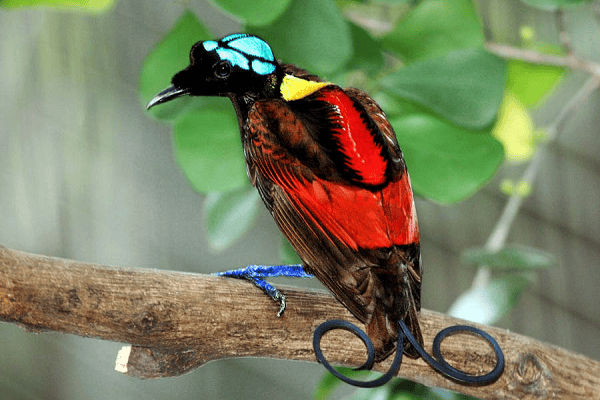
Come the breeding season they put on an eccentric show for potential mates in a section of rainforest specially cleared out for the courtship extravaganza.
Wilson’s bird of paradise, named after British ornithologist Edward Wilson, is the most colorful birds, with its crimson back, yellow mantle, emerald-green breast, and violet legs and feet.
Perhaps its quirkiest feature is its curled, violet tail plumes that gleam a brilliant silver at night. The female is mostly brown, but both sexes share the same vivid, turquoise-blue helmet-like crown, which is made up of iridescent bare skin, with crisscrossing dark feathers.
The species is endemic to Indonesia, where it is found in the foothill rainforests of the Waigeo and Batanta Islands. Their diet comprises fruits, insects, and small invertebrates. Wilson’s bird of paradise is classified as near-threatened according to the IUCN Red List due to its small range which is subjected to ongoing habitat loss and exploitation.
2. Rainbow Lorikeet
The rainbow lorikeet is an aptly named parrot, its multi-colored plumage a familiar sight in its native Australia. It is an unmissable bird with a violet-blue head and belly, orange-red bill, bright yellow nape and underwing bars, orange-yellow breast, and verdant green upper parts.
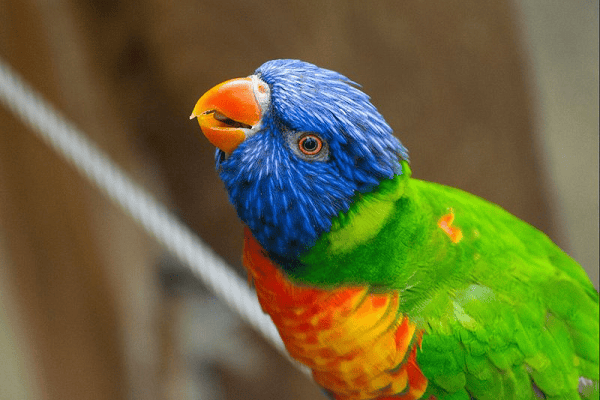
Rainbow lorikeets are widespread across the eastern seaboard. Their diet comprises mainly fruit and nectar.
These are loud and rambunctious birds, often seen in urban and suburban areas. However, their natural habitat consists of rainforests, woodlands, and coastal bush.
3. Oriental Dwarf Kingfisher
The oriental dwarf kingfisher is a small, tropical bird native to the Indian subcontinent and Southeast Asia. It inhabits lowland forests near streams and feeds on insects, worms, spiders, lizards, frogs, crabs, and fish.
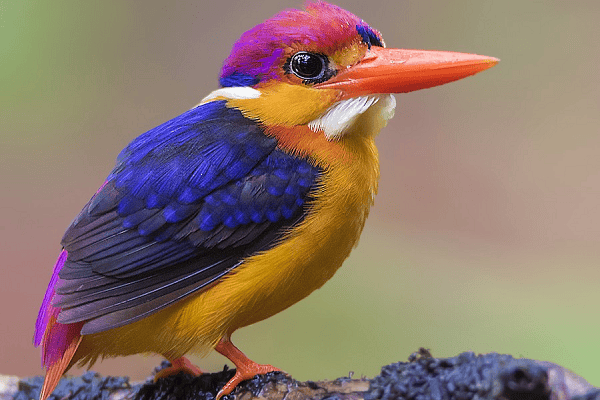
This pocket-sized beauty has a dark blue back and wings with violet iridescence, fuschia crown, yellow-orange underparts, and a characteristic dagger-like, orange-red bill. The species is unique in that it has three toes on each foot—a trait for which it is also known as the three-toed kingfisher.
Despite their IUCN status as “least concern,” oriental dwarf kingfishers are losing their habitat to deforestation, impacting the species’ critical breeding sites. Other threats may include pollution, persecution, climate change, and drying water sources.
4. Lilac-breasted Roller
This chunky African species is found across the south and east of the continent. It is often spotted atop a prominent perch amid the savanna, scanning the environment for arthropods and small vertebrates.
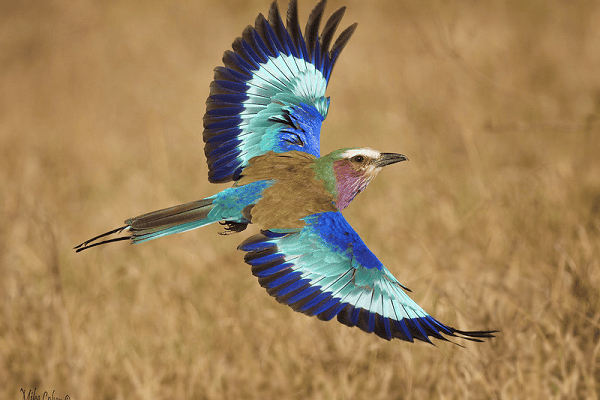
The lilac-breasted roller is popular among birders. Named for its lilac throat and upper breast, its pastel plumage sports up to eight colors, including turquoise, green, black, tawny-brown, and royal blue.
Less attractive than its feathering is its raucous, guttural cackle, which could be mistaken for the harsh call of a crow.
5. Seven-colored Tanager
The seven-colored tanager is endemic to the forests of northeastern Brazil and is named for its striking shades of blue, green, and yellow, contrasting against the black of its mantle, lores, and markings around the base of its stark, black bill. It subsists on a diet of fruits, berries, and seeds, as well as the occasional arthropod.
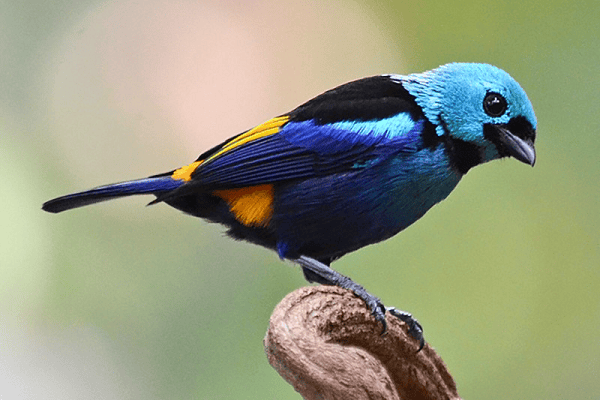
The species is vulnerable due to illegal trapping and habitat loss within a severely fragmented, restricted range.
6. Golden Pheasant
The golden pheasant is a richly-colored gamebird native to the mountain forests and woodlands of western China, where it forages the forest floor for grains, leaves, and invertebrates and roosts up in the trees at night.
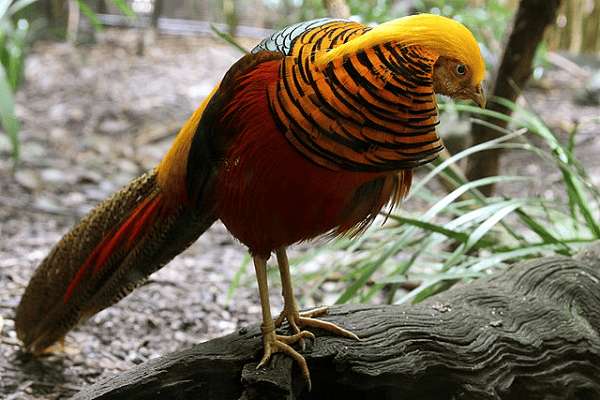
Golden pheasants, while rather shy and elusive in their natural habitat, have become popular garden birds among keepers and breeders, and feral populations have been established as a result in many parts of the world.
The species was named for the golden-yellow crest and rump of the male, who spreads his barred orange cape during display, partially covering his face, much like a fan-wielding dancer.
He has crimson-red underparts, a bluish-green back, blue tertiaries, and dark red scapulars. His tail feathers are cinnamon-spotted black, and he has a yellow bill and legs—as does the female—who is otherwise drab in comparison, with mottled brown plumage.
7. Fiery-throated Hummingbird
This tiny dazzler is a species of the mountain gems tribe of hummingbirds. Its shimmery plumage serves as a superb example of hue iridescence, boasting nearly all the colors of the rainbow.
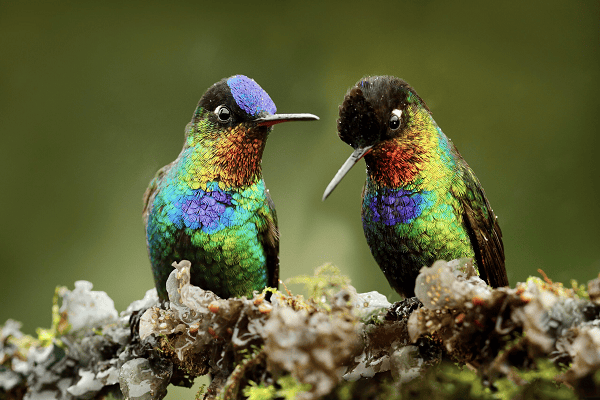
If the sun hits its feathering at just the right angle, you may notice an electric blue crown, violet-blue breast patch, and blue-green back and belly. It is named for its fiery, orange-red throat patch flanked by golden green.
The Fiery-throated hummingbird is native to Panama and Costa Rica in Central America. These forest dwellers typically keep to the canopy but can also be found amid dense shrubs and thickets in clearings and at the forest edge, where they voraciously feed on the nectar of epiphytes, bromeliads, and other flowering plants, aggressively defending their feeding territories.
8. Gouldian Finch
The Gouldian finch, also known as the rainbow finch, is a brilliantly-colored Australian native. The sexes have similar plumage, with bold shades of red, green, yellow, and turquoise-blue. Males bear a vibrant purple breast, which is much paler in females.
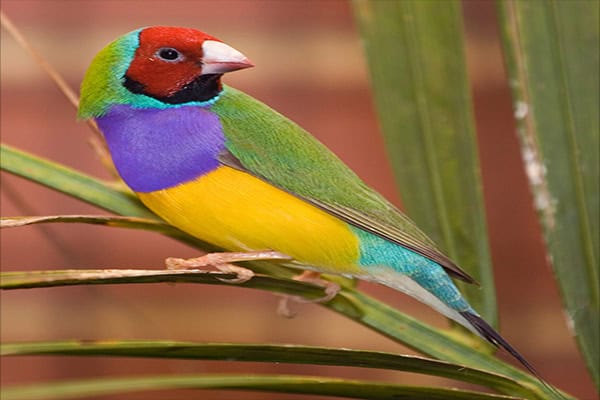
The species is polymorphic, with individuals having either a red, black, or yellow face.
Typical of estrildids, the Gouldian finch feeds mainly on seeds. The species is rather conspicuous amid its savannah-woodland habit. However, populations are declining due to frequent fires and grazing pressure altering their habitat and impacting food sources.
Check Our Previous Articles
9. Painted Bunting
Nicknamed the “nonpareil” for its unparalleled beauty, this species is often described as the most beautiful bird in its native North America.
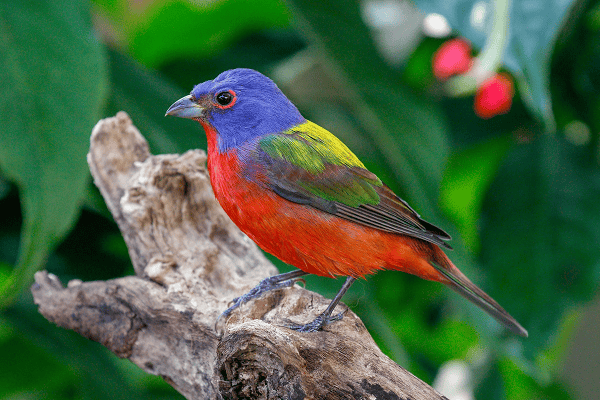
While it is usually tucked away, foraging for seeds amid thickets, shrubs, and brush, it is an unmistakable burst of color with a violet-blue head, lush green back, and crimson underparts.
Once a popular caged bird in the exotic pet trade, trapping the painted bunting is now illegal. Populations are still, however, declining due to habitat loss.
10. Mandarin Duck
The mandarin duck is an exotic-looking waterfowl, inhabiting densely vegetated river edges in the Eastern Palearctic. The strikingly ornate male’s tawny plumage is painted with vibrant, glimmering, iridescent tinges on the breast, forehead, crown, crest, and back.
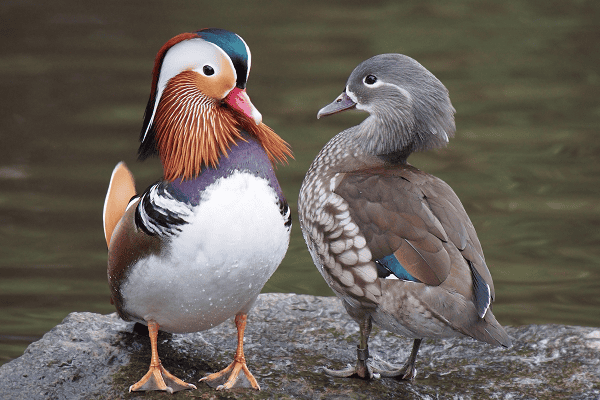
His purple-blue breast is bordered by pied stripes, and he has a wispy, rufous beard and two prominent orange “sails” sticking up from his flanks. The female is predominantly gray.
Mandarin ducks eat mostly seeds and aquatic plants, but their diet varies seasonally and may include insects, snails, fish, frogs, worms, and snakes. The Mandarin duck is a prominent symbol of fidelity, virility, and marriage in Asian cultures. Despite having an extensive range, populations are decreasing due to habitat destruction.
Frequently Asked Questions
Q1. What are the world’s most colorful birds?
The resplendent quetzal is often considered one of the most colorful birds in the world due to its vibrant green and red plumage.
Q2. Which bird has multiple colors?
The Gouldian finch is known for its striking multicolored plumage, featuring combinations of red, yellow, black, and green.
Q3. Which bird has rainbow colors?
The lorikeet, specifically the rainbow lorikeet, showcases a vibrant array of colors reminiscent of a rainbow, including red, blue, green, and yellow.
Q4. What bird has the most colorful wings?
The scarlet macaw is renowned for its brilliantly colored wings, which feature a vibrant mix of red, yellow, and blue feathers.

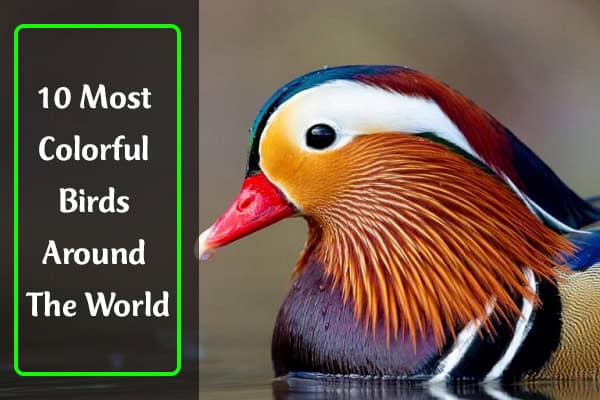
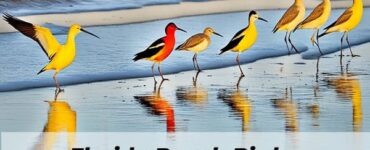
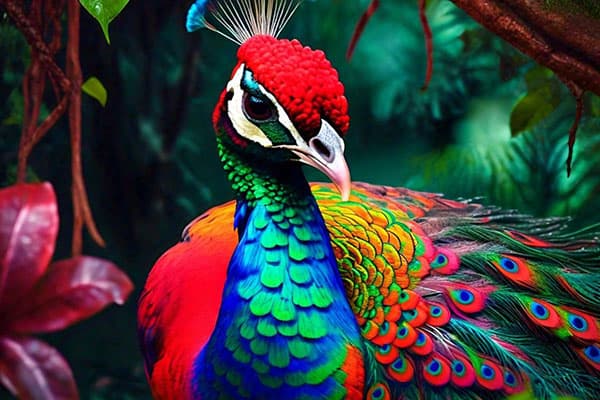
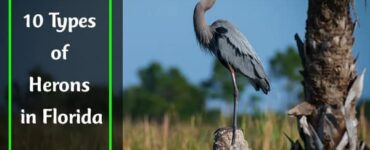
Add comment